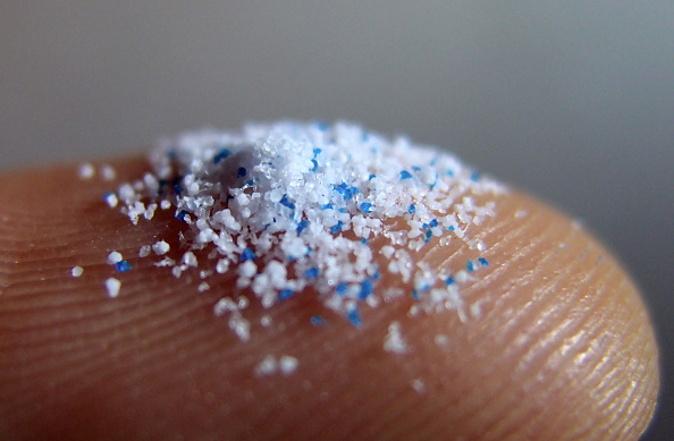Researchers have discovered microplastics deep in the lungs of living humans for the first time.
Scientists at Hull York Medical School in England published their findings in the journal Science of the Total Environment, the first such study to show microplastics in the lung tissue of live people.





